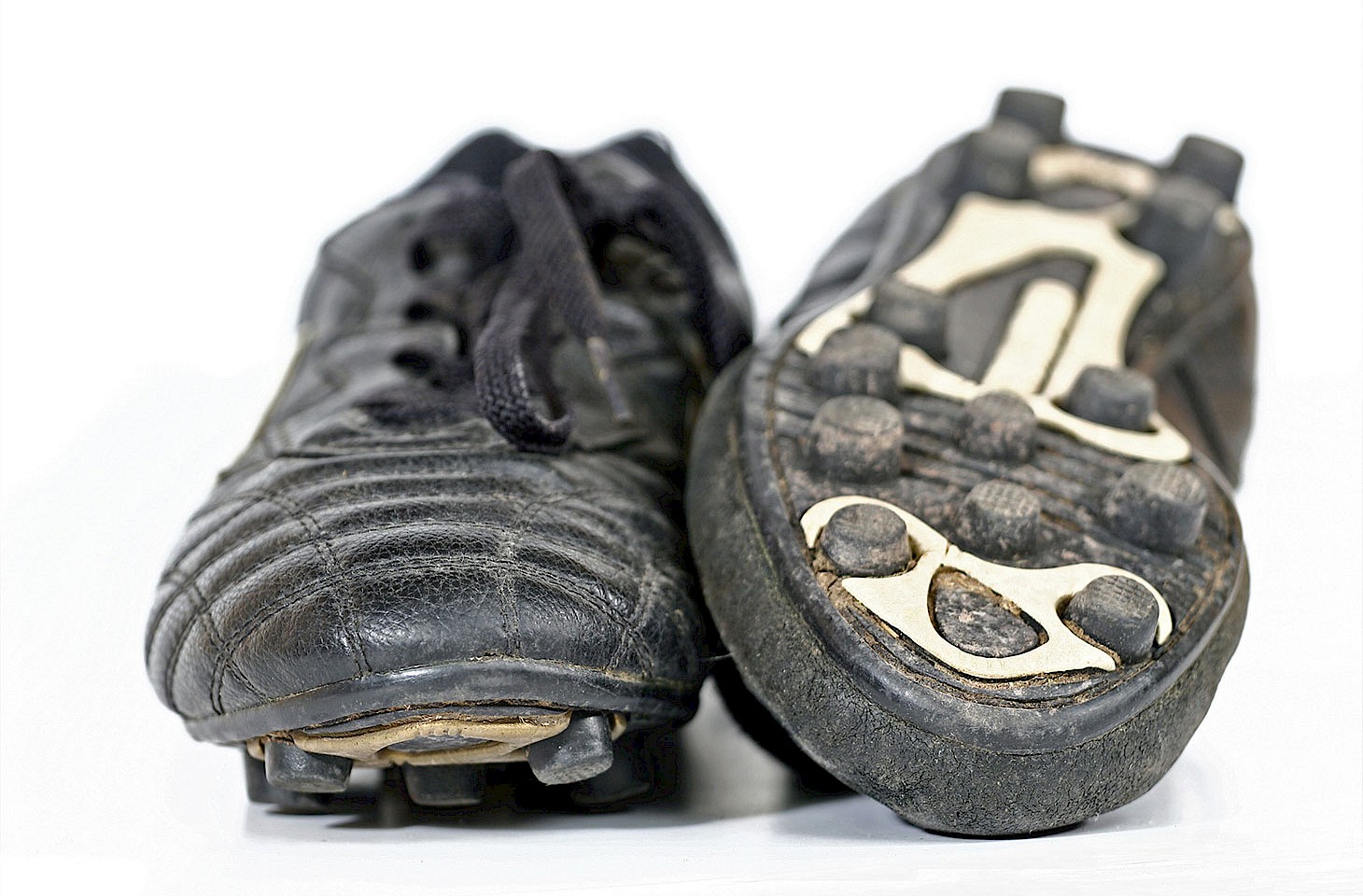This issue of hidden europe highlights an aspect of the complex political arrangements of the Russian Federation that is often misunderstood in the west. We saw earlier in this issue how the rural territory due north of the city of St Petersburg, bordering Finland, is called the Republic of Karelia. And then we visited the Republic of Tatarstan.
As part of its post-Soviet inheritance, the Russian Federation has struggled with the twin issues of regionalism and ethnicity, trying to allow space, as the Soviet Union did, for regional expressions of ethnicity, ethno-confessional identity and cultural difference. For 21 specific areas with distinct ethnic minorities, Moscow offers varying degrees of autonomy. These 21 republics are together home to just over 20 per cent of the population of the Russian Federation.


